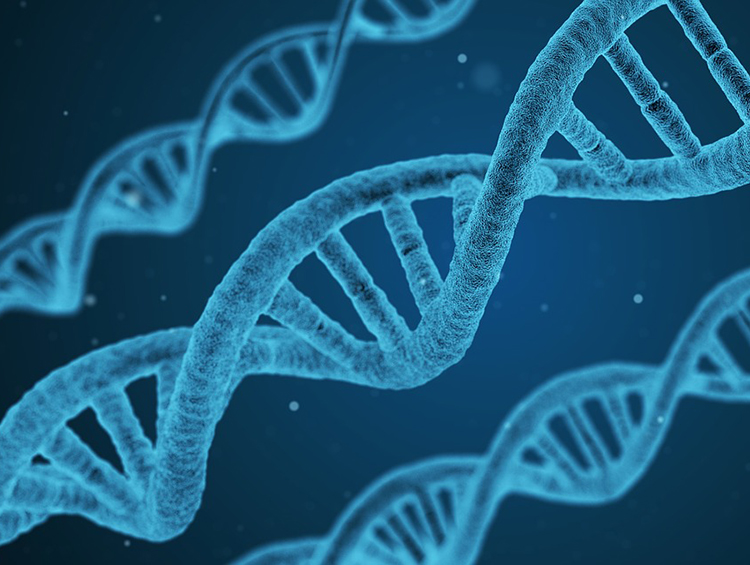
- Criotransferencia, Embriodonación, FIV, Ovodonación
Autora: Sylvia Fernández Shaw
 Español (Spanish)
Español (Spanish) Français (French)
Français (French) English
EnglishIn principle there are no apparent risks directly associated with an artificial insemination process with a sperm donor, but it should be taken into account that some consequences have been observed in certain patients.
Ovarian hyperstimulation syndrome, in less than 1% of cases. The patients in which it arises are usually under 30 years of age or have polycystic ovaries.
Ectopic pregnancy, in 1-2% of cases. The pregnancy develops outside the uterus, specifically in the fallopian tubes.
Psychological disorders. If treatment is repeatedly unsatisfactory, anxiety and depressive symptoms may occur, for which it is advisable to seek psychological support.
1. Preparing the ovaries: The ovarian stimulation can be preceded by a preparation of the ovaries by means of a hormonal treatment (oral contraceptives, subcutaneous injections or inhaler) which lasts 2 to 3 weeks. Esta preparación ovárica puede ser mediante un tratamiento hormonal oral o en forma de gel. and ultrasound and a blood test are sometimes performed to confirm ovarian down-regulation.
2. Ovarian Stimulation: It starts after the menstruation with injectable hormonal preparation (subcutaneous). This treatment is controlled with serial transvaginal scans and blood tests for 6-8 days, with the aim of achieving a good oocyte development and determining the optimum moment for their recovery.
3. Oocytes Recovery: The oocytes are collected by an ovarian puncture through the vagina, under ultrasound control, and aspirating the contentof the follicles (small sacks of fluid containing oocytes). The follicular puncture is practicedundersedation in the operating theater, and lasts from 10 to 15 minutes. A few hours later, the patient returns home, where she rests throughout the whole day.
4. Oocytes Insemination: The partner gives thesemen sample the morning of the oocyte recovery, and it is processed in the laboratory to inseminate the oocytes. In a conventional orspontaneous inseminationthe oocytes are placed together with the sperm in a culture tray in order for the sperm to penetrate the oocytes spontaneously. In the ICSIorintracytoplasmic sperm injection, a single sperm is inserted in each oocyte with a micropipette. The fertilisation of the oocytes is assessed 18-20 hours post insemination.
5. Embryo Transfer: One or two embryos are transferred into the uterus 2, 3 or 5 days after the oocyte retrieval. This transfer is carried out inserting, through the uterine cervix, a thin cannula loaded with the embryos. When the transfer is concluded, the patient rests for a few minutes. After the transfer a treatment with progesterone is indicated to support the implantation of the embryos.
6. The pregnancy test is carried out in blood approximately 15 days after follicle aspiration and the results are available in a few hours.
IVF treatment will last from 2 to 3 weeks (depending on the ovarian stimulation protocol). During the treatment the patient can lead a normal life, although after the oocyte recovery it is recommended to rest for 4 hours everyday until the pregnancy test.


Camino de la Zarzuela, 19 28023 (Aravaca) Madrid.
+34 91 740 16 90
secretaria@urh.es
Monday to thursday
8:00h a 14:00h 15:00h a 19:00h
Friday
8:00h a 14:00h



Demande un rendez-vous.
PIDE CITA
Envíanos este formulario con tus preferencias para la cita (fechas y franja horaria) y te llamaremos por teléfono para concertarla. En caso de que quieras que te contactemos por e-mail indícanoslo en los comentarios. Muchas gracias.